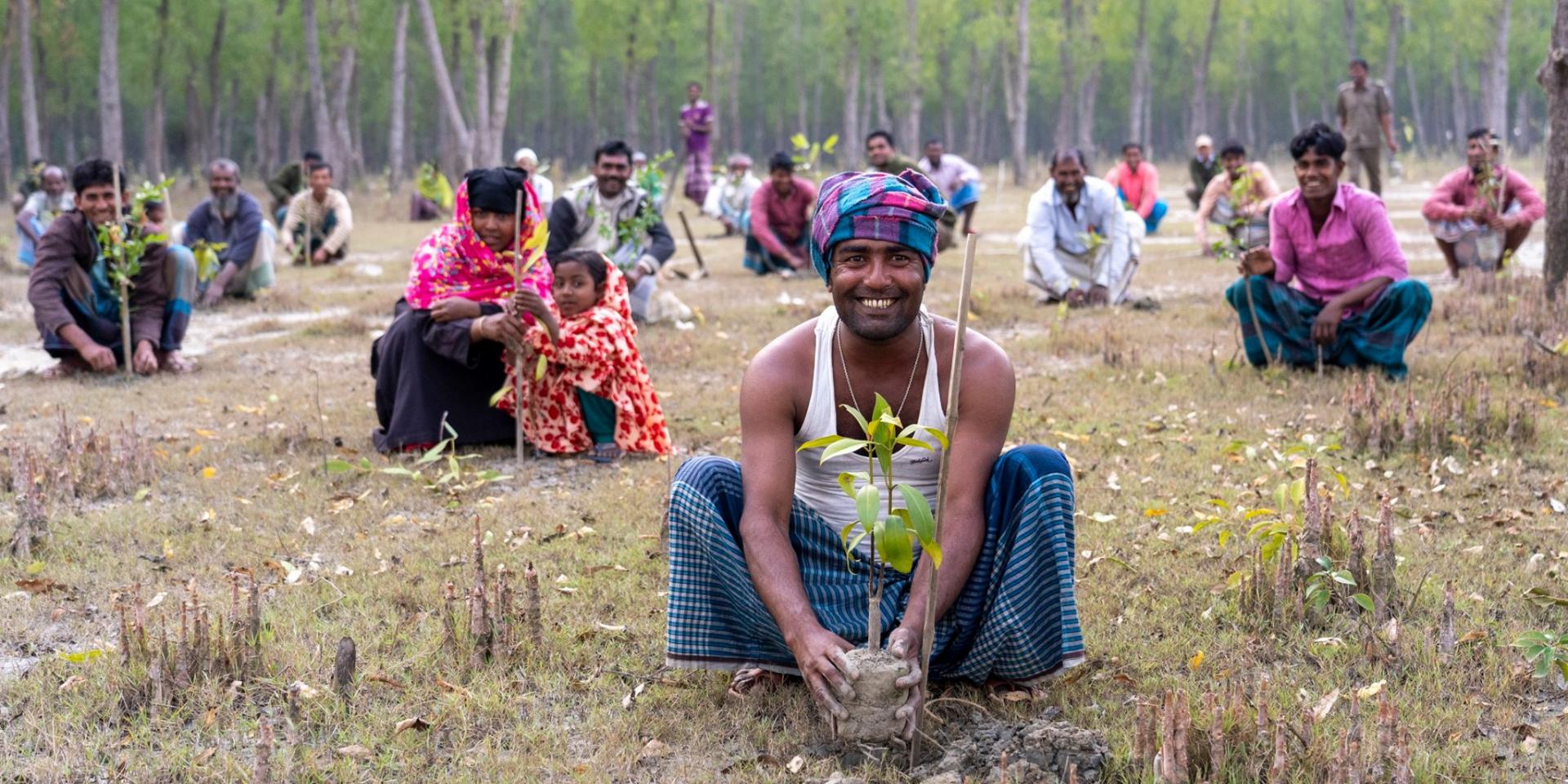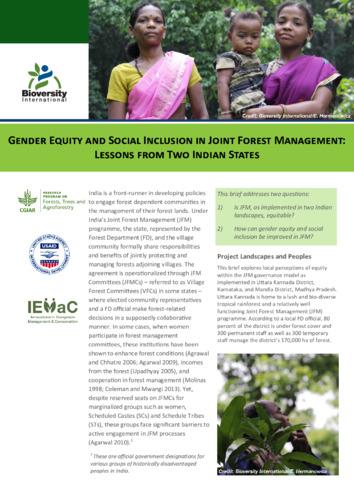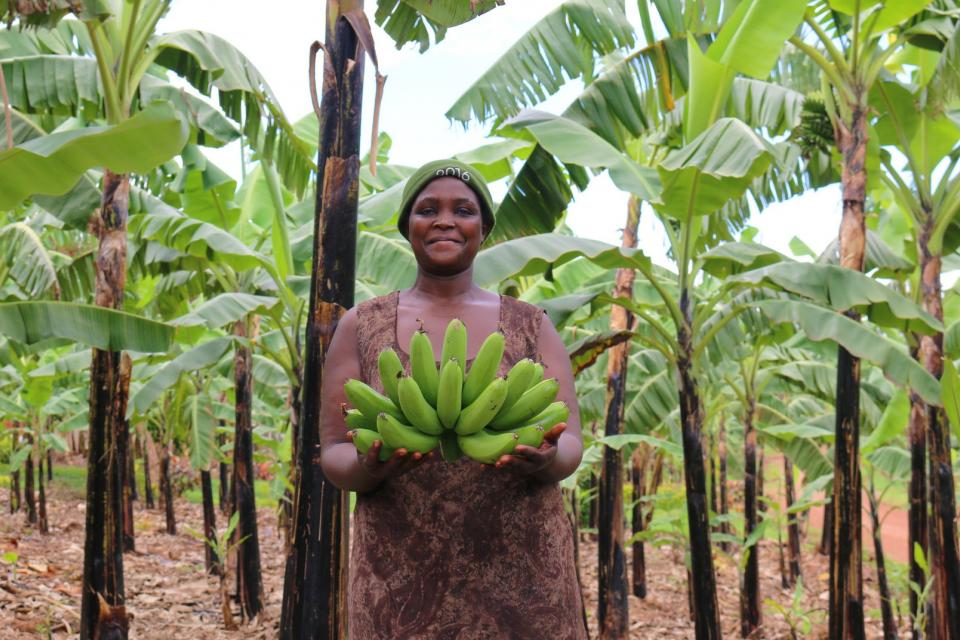Gender equity and social inclusion in joint forest management
 Photo: UNDP Bangladesh
Photo: UNDP Bangladesh
This manual explores good practices for gender equity and social inclusion in community-based forest management and monitoring.
Why is the manual important?
India is a front-runner in developing policies to engage forest-dependent communities in the management of their forest lands. Under India’s Joint Forest Management (JFM) program, the state, represented by the Forest Department, and the village community formally share responsibilities and benefits of jointly protecting and managing forests adjoining villages.
The manual therefore addresses two questions: 1) Is JFM, as implemented in two Indian landscapes, equitable and inclusive? 2) How can gender equity and social inclusion be improved in JFM?
Who is the manual for?
The manual is for policy makers.
Country of focus: India
How can I use the manual?
The manual starts by introducing India’s JFM program, its project landscapes and people, and it explores their local perceptions of equity and inclusion within the JFM governance model.
The manual's methodology section includes semi-structured interviews about local forest governance, which are to be carried out privately with participants, both men and women in nearly equal numbers. It recommends to carry out interviews in both villages that have and do not have forest committees.
The manual also includes a section that explains gender-specific constraints to participation as well as ethnic exclusions in JFM. It lays out how participation is shaped at the intersection of gender and ethnicity.
The final section provides conclusions and findings, underscoring the necessity of reframing the issue of ‘women’s participation’ to capture the intersecting social differences, considering that the forest dependency, responsibilities and livelihood activities of different groups of women differ, as do their interests in JFM.
The manual ends with recommendations on what it will take to enhance the equity of JFM.
When and how was it developed?
The manual was developed in 2017 by Bioversity International.
Where can I get the tool? Who can I contact?
Access or download (4 MB) the manual.
Tools, methods, manuals
Publications

Gender equity and social inclusion in joint forest management: Lessons from two Indian states



